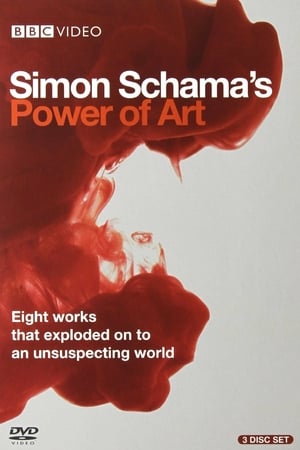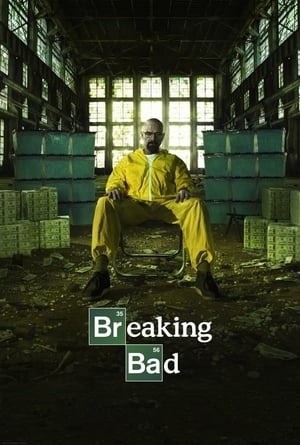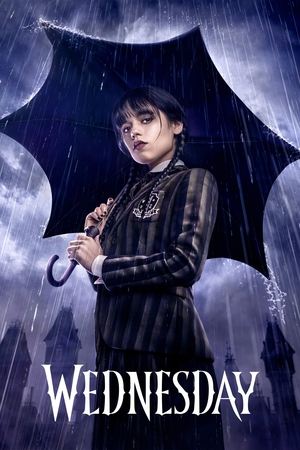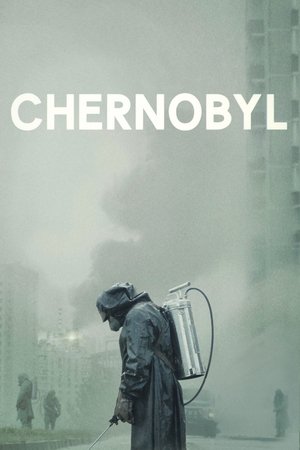The Private Life of a Masterpiece
Private Life of a Masterpiece is a BBC arts documentary series that tells the stories behind great works of art reaching from the Renaissance to modern art. David by Michelangelo, The Scream by Edvard Munch, The Third of May 1808 by Francisco Goya, The Night Watch by Rembrandt van Rijn, Sunflowers by Vincent van Gogh, Les Demoiselles d'Avignon by Pablo Picasso, The Annunciation by Jan van Eyck, ... The Art of Painting by Johannes Vermeer. For behind the beautiful canvases and sculptures are tales of political revolution, wartime escapes, massive ego clashes, social scandal, financial wrangling and shocking violence. The series reveals the full and fascinating stories behind famous works of art, not just how they came to be created, but also how they influenced others and came to have a life of their own in the modern world.
Type: tv
Season: 10
Episode: N/A
Duration: 50 minutes
Release: 2001-02-16
Rating: 6.3



















